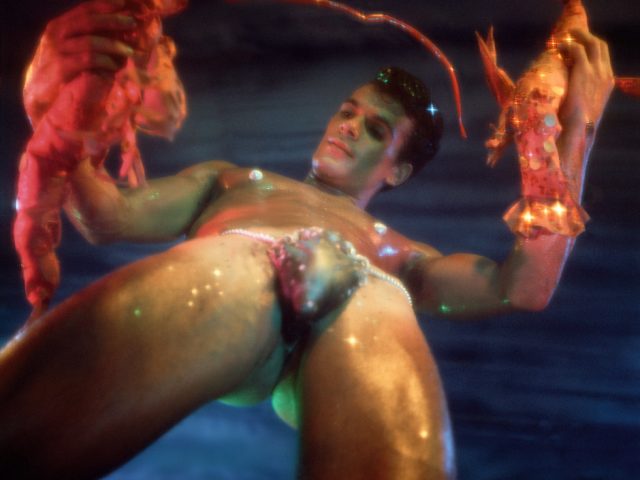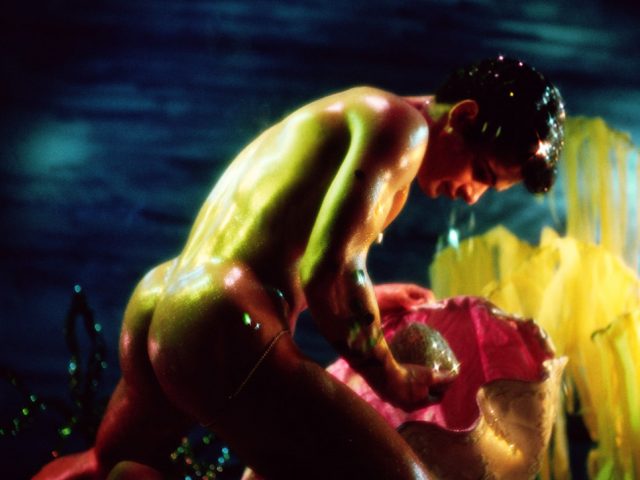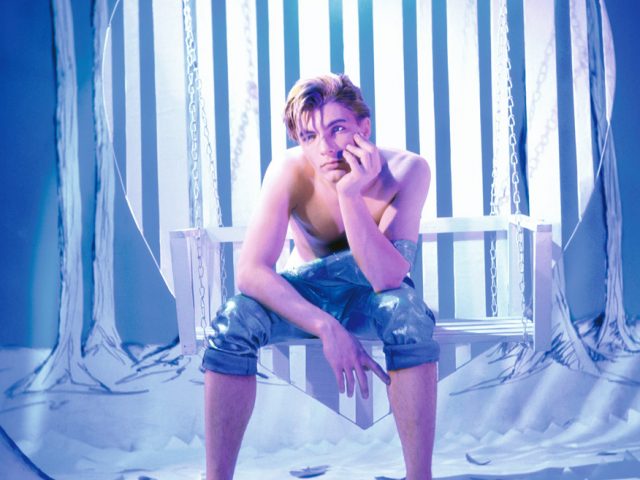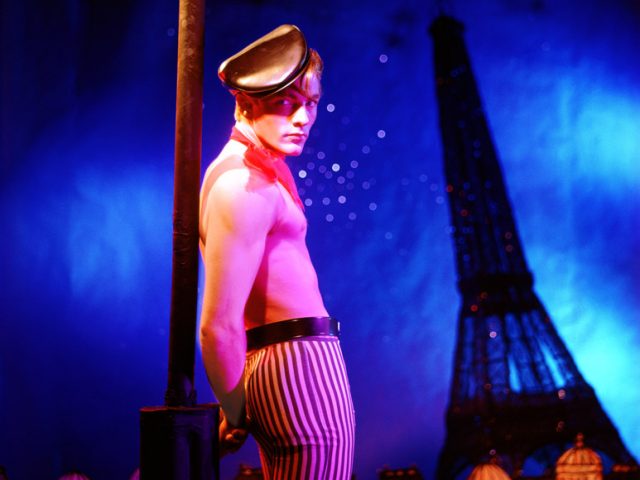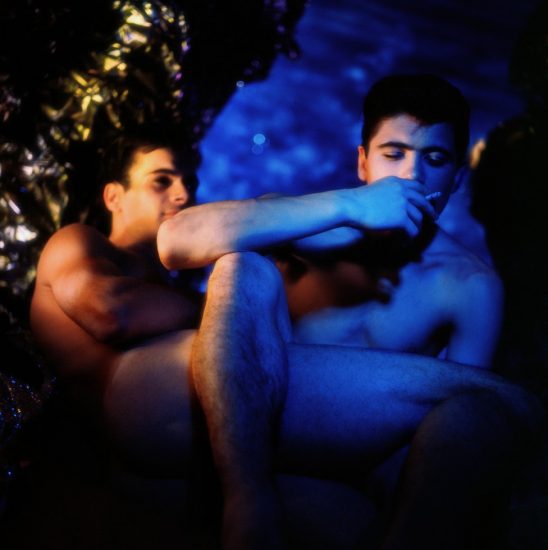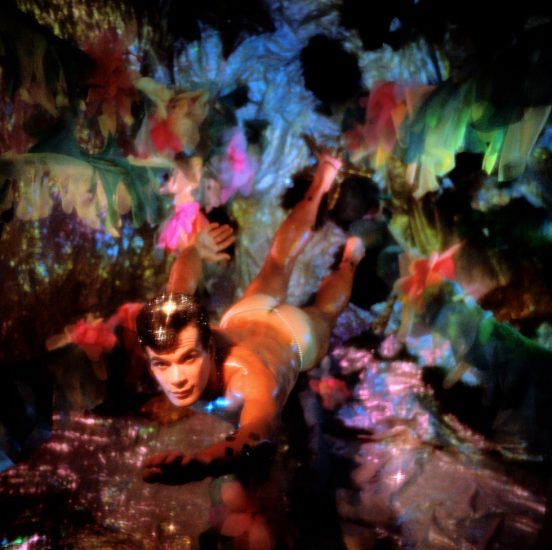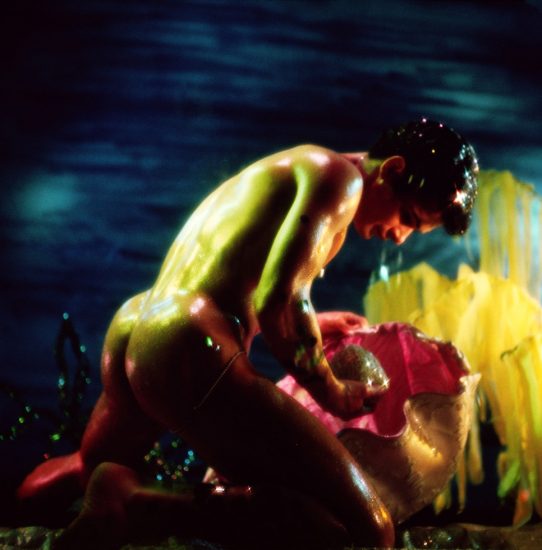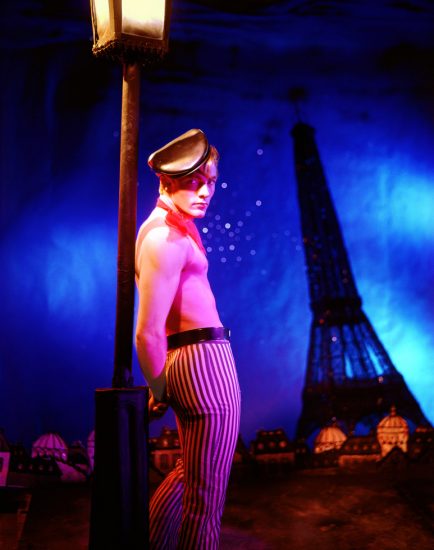January 4 – February 17, 2007
Opening reception:
Thursday, January 4th, 2007
6:00 to 8:00 p.m.
ClampArt is very pleased to announce “James Bidgood: Photographs from the 1960s.”
A stylistic precursor of such artists as Rainer Werner Fassbinder, Pierre et Gilles, and David LaChapelle, James Bidgood revolutionized gay erotic imagery. Bidgood was the first to take the pulp and glamour aesthetic of the 1940s and 1950s and apply it to sexual male fanta-sies. Yet, his photographs, which range from camp to surreal, are still scarcely known to the wider public.
From a cramped Hell’s Kitchen tenement apartment in the 1960s, artist James Bidgood was amazingly able to complete the bulk of his creative output—photographs which employ vibrant colors and exaggerated props and costumes to celebrate the male form. Bidgood states, “I didn’t see why you couldn’t treat a beautiful boy the way Hollywood did a beautiful woman.”
And indeed, by 1971 Bidgood made his own foray into moviemaking with the production of Pink Narcissus, an explosion of colorful ero-ticism that joins Jack Smith’s Flaming Creatures (1963) and Kenneth Anger’s Scorpio Rising (1964) as an important cultural marker of its time. Nonetheless, due to disagreements between Bidgood and the film’s producer and distributor, he took his name off the credits, and Pink Narcissus was released anonymously. Rumors flew that the film had been made by a big Hollywood cele-brity who feared exposure. It took twenty-five years for the truth to be revealed, and that is when Bidgood’s career started anew.
Once Bidgood’s name was finally associated with the cult classic he created, his photographic work was reevaluated on terms of its aesthetic merit and historical impact. No longer regarded as simply lowbrow commercial pornography, Bidgood’s oeuvre is now recognized as a harbinger for gay aesthetics that followed. In 1999, Taschen printed a major monograph on Bidgood’s work, and Pink Narcissus was released on VHS in 2000 and DVD in 2003.
Born in 1933, James Bidgood lived through and was a part of a seminal period of contemporary gay history. While the subject of his work was not political in and of itself, the act of making unabashedly homo art in such a hostile climate definitely was a political act. Bidgood’s challenging work not only affected gay art history, but gay history itself.










